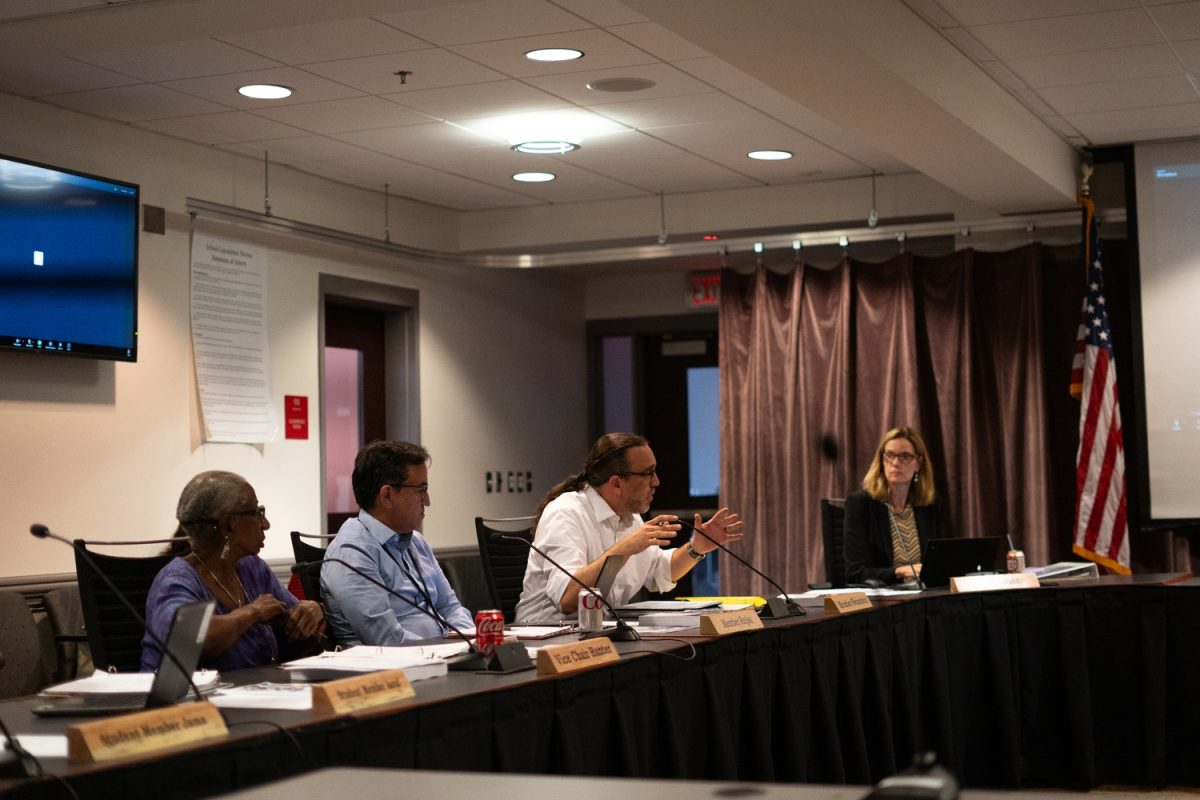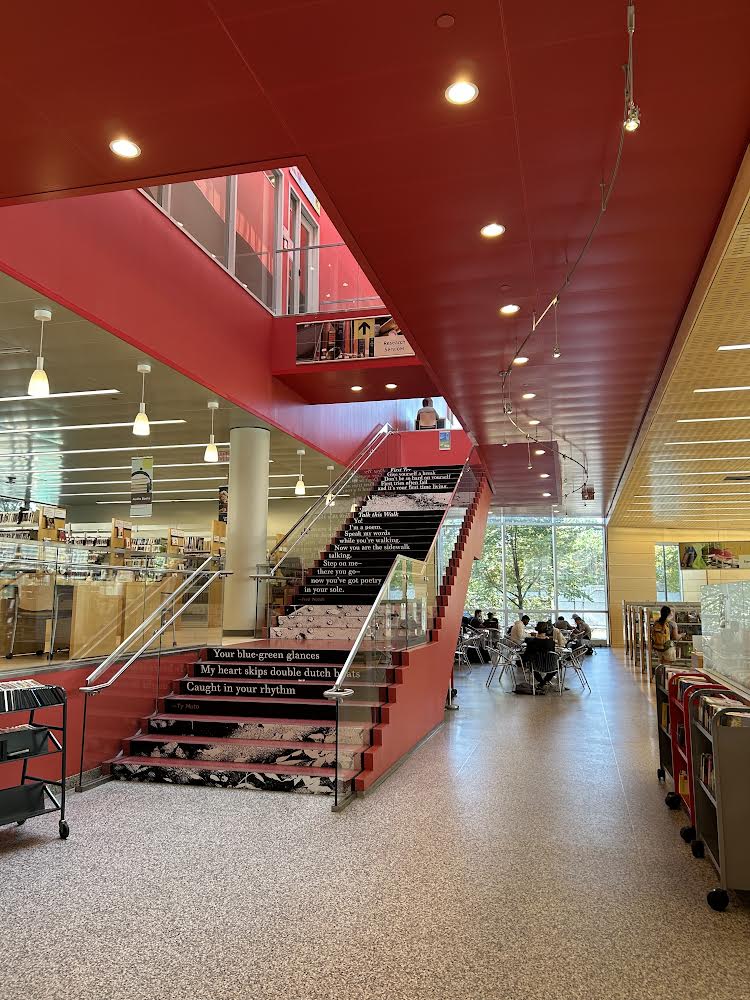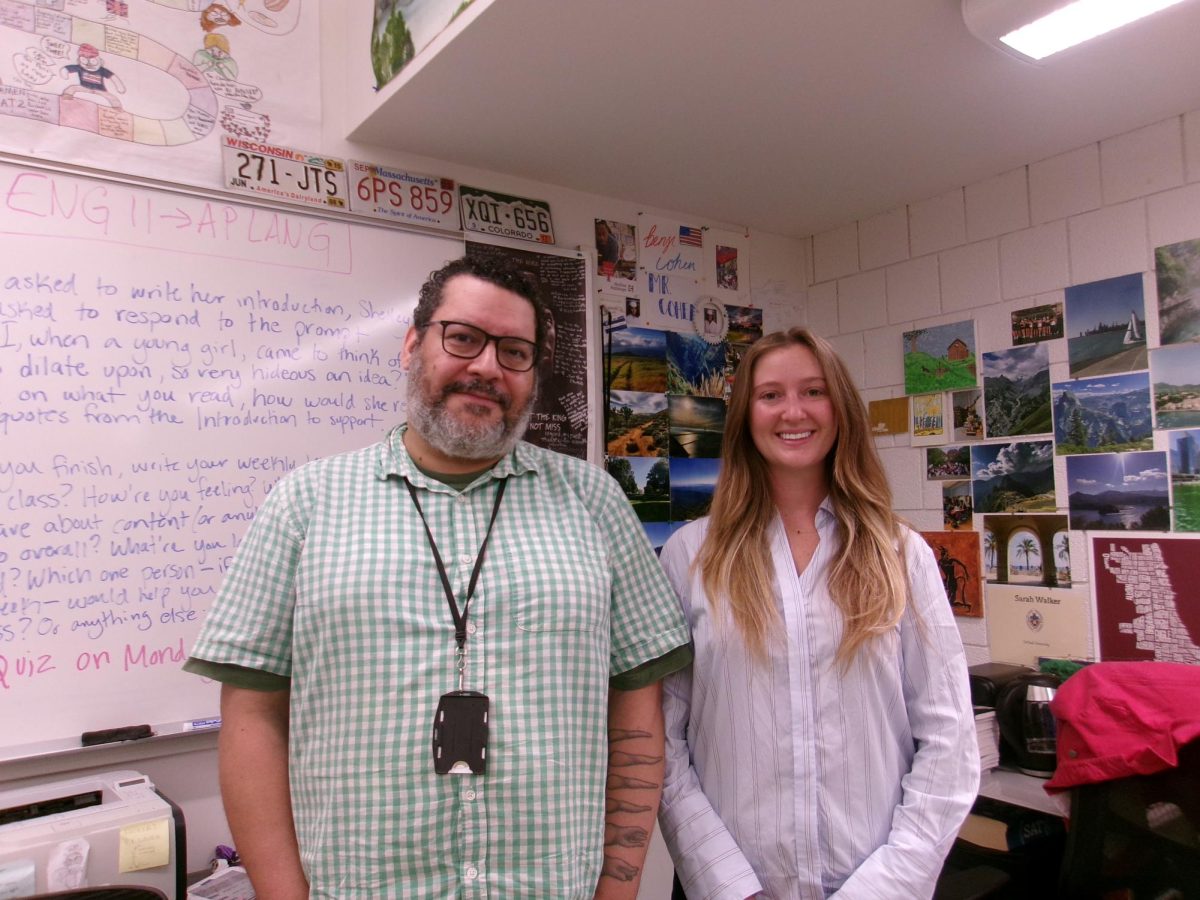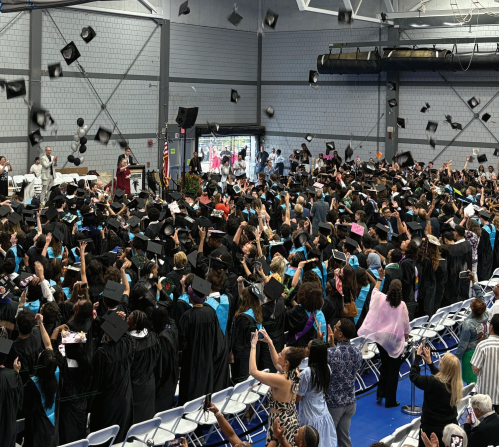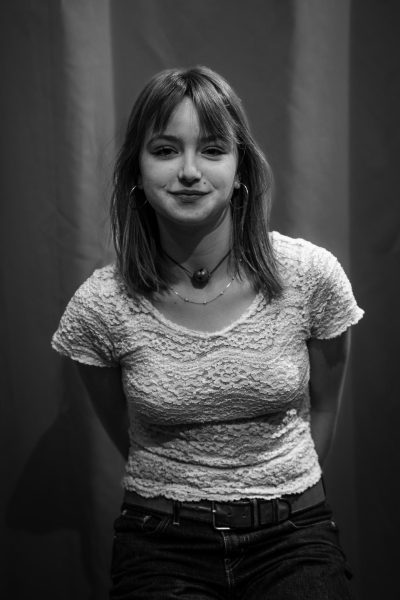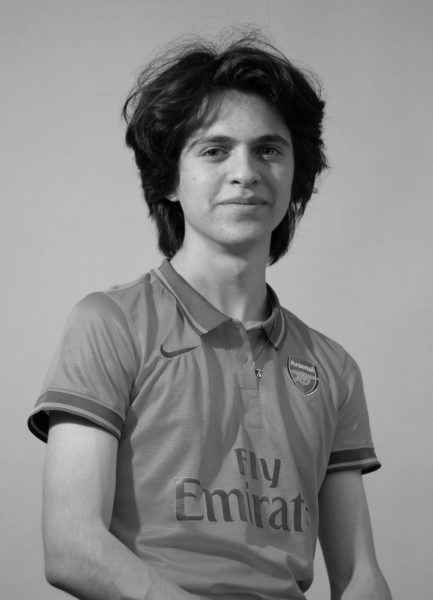Enrollment in CRLS Visual and Performing Arts (VPA) class enrollment is growing smaller and smaller. This fall, in accordance with the school’s 12-student minimum requirement, nine performing arts classes—including Advanced Acting, Orchestra, vocal ensemble, and Jazz Workshop—have been canceled or combined.
It’s not as if the arts basement is dead; in fact, before and after school, the halls are bustling with students in a cappella, theater, Modern Dance Company, traveling chorus, and Band and Orchestra. “There’s tons of stuff that goes on, tons of students,” drama teacher Mr. Cramp told the Register Forum. “We’re essentially serving the same number of students, the day just looks different.”
Orchestra teacher Ms. Umbro emphasized this difference. 17 years ago, she said, the outside of school section served only a couple of students. Since then, afterschool Orchestra has grown to 45 students.
Art teachers attribute this change to a few different developments. Block scheduling, of course, plays a role in diminishing the number of classes available per semester; as a result, students have fewer opportunities to take art classes. “I have warned for many years that the schedule would only dwindle our numbers,” orchestra director Ms. Umbro told the Register Forum. “There’s simply not enough room in the school day for students to take the class consistently.”
Even more recently, a new phenomenon has appeared: “I think that a lot of students feel more of a push now to get a lot of AP classes to go to competitive colleges,” said Mr. Cramp. With fewer course credits and more academic pressures, many CRLS students opt for after school activities rather than art classes. Zoe Baugher ’27 explained this reasoning: “I have a limited amount of space, so I need to focus on what my goals are. If my goals aren’t going into the arts as a profession, then I have to stick to academics.”
While extracurricular programs make the arts available to more students, the extra time does place a burden on teachers. “I’m usually here until at least 6:45 PM,” Mr. Cramp told the RF. “It’s like teaching a couple of extra classes.”
Like any extracurricular activities, these programs also aren’t equitable to all students. “Many students may have siblings they need to take care of at night, or jobs they have to go to for their families,” Ms. Umbro said. “Without the class, these students have nowhere to play their instruments.”
Course cancellations don’t only affect the arts. Vice Principal Mr. Gehant explained that this kind of course cancellations are often concentrated in one department; a few years ago, for example, course cancellations were disproportionately in the science department. “Departments get hit at different times based on student interest, and it changes from year to year. Sometimes, something is really popular, and then something else looks shinier.” This year’s cancellations may feel fresh to VPA teachers, Mr. Gehant acknowledged, but it is a phenomenon that has occurred before.
Lucca Olivet ’25 encouraged more CRLS students to take VPA classes during the day. “In VPA classes, I’m very much still learning things—it’s such a good break from sitting down, reading a textbook. I’m moving my body, making my brain work in a different way, and having that during the school day is really great.”
This article also appears in our September 2024 edition.




